

December brings with it the most beautiful time of the year: Christmas! (Navidad) This special date presents an opportunity to see some of the different ways of Christmas celebrations in Latin America. 🎅
If you want to study Spanish, remember that getting to know the celebrations and culture of Hispanic countries is an important step to improve the learning process. 🦌Depending on your country, some facts about Latin American Christmas may be quite surprising.❄️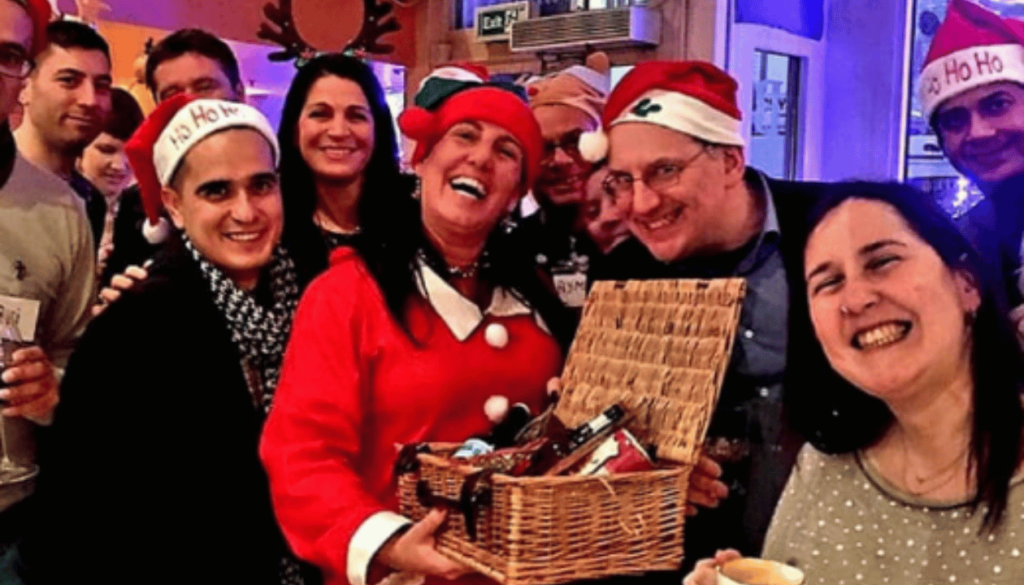
Today, I will tell you which Hispanic countries spend the most at this time of year and who will bring the gifts in each case. 🎁
How is Christmas celebrated in Latin America?
Christmas in Latin America is a mix of religious events and fun traditions. In many places, the family set up a nativity scene. These nativity scenes show the story of baby Jesus’s birth. People also decorate their homes with Christmas trees and lights.
There are big family gatherings on Christmas Eve, known as Nochebuena. Many attend the Christmas dinner or midnight mass, Misa de Gallo. This is a special church service.
Christmas feast is a big part of the celebration. Families enjoy meals of delicious food like pork tamales, pan dulce, and hot chocolate. Each country has its own special dishes. Street parties and fireworks are common. They bring everyone together in joy.
In Colombia, Día de las Velitas marks the start of Christmas with candles. These traditions show the rich culture of South American countries during Christmas.What is the name of the Hispanic Christmas tradition?
One key Spanish traditions called “Las Posadas.” This tradition is mainly followed in Mexico and some parts of the United States. It starts on December 16th and ends on December 24th.
During Las Posadas, people reenact Mary and Joseph’s search for shelter. They go from house to house, singing Christmas carols and asking for lodging. The hosts usually say no at first. But then they welcome the group inside. This is to remember the journey of Mary and Joseph.Another tradition is “La Misa de Gallo,” or the Rooster’s Mass. This rooster mass happens on Christmas Eve at midnight. It is a way to welcome Jesus’s birth. Many people go to church for this special service.The “Día de las Velitas,” or Day of the Little Candles, is important in Colombia. People light candles in their homes and streets. This marks the start of the Christmas season. These traditions are important. They bring people together to remember the story of Christmas.How long does Christmas last in Latin America?
Christmas in Latin America starts early in December and lasts until early January. It often begins on December 8th, the day of the Immaculate Conception. This is a religious holiday. The festive mood continues throughout December.
The main celebration period is from midnight on December 16th to the 24th, known as “Las Posadas.”
Christmas Day is on December 25th. Celebrations often include family meals, Secret Santa exchanges, and gift-giving. In many Latin American countries, the festive mood continues until New Year’s Eve. This is on December 31st. Parties and even fireworks displays are common.
The season officially ends on January 6th. This day is known as Three Kings’ Day. It marks the arrival of the Three Wise Men. Families might share special foods like Rosca de Reyes on this day. This long celebration period shows the deep cultural importance of Christmas in Latin America.Also Read: Everything You Need to Know About Christmas Holidays in SpainThe Tradition of Breaking a Piñata
In the festive celebrations of Latin America, the tradition of breaking a piñata, a paper mache object often hung by a rope, is not just about candy and treats.
Originally, this custom carried a deeper religious significance. The classic piñata, typically shaped like a star with seven points, represented the seven deadly sins. Hitting the piñata was symbolic of individuals confronting and overcoming their seven sins.Upon breaking, the cascade of candies and treats from the piñata was seen as a metaphor for receiving God’s forgiveness and blessings.As for the tradition of giving gifts, while some have embraced the relatively new concept of Santa Claus, the choice of who brings the gifts varies across cultures and traditions in Latin America.Now Let’s Explore Christmas Traditions in Latin American Countries
Chile
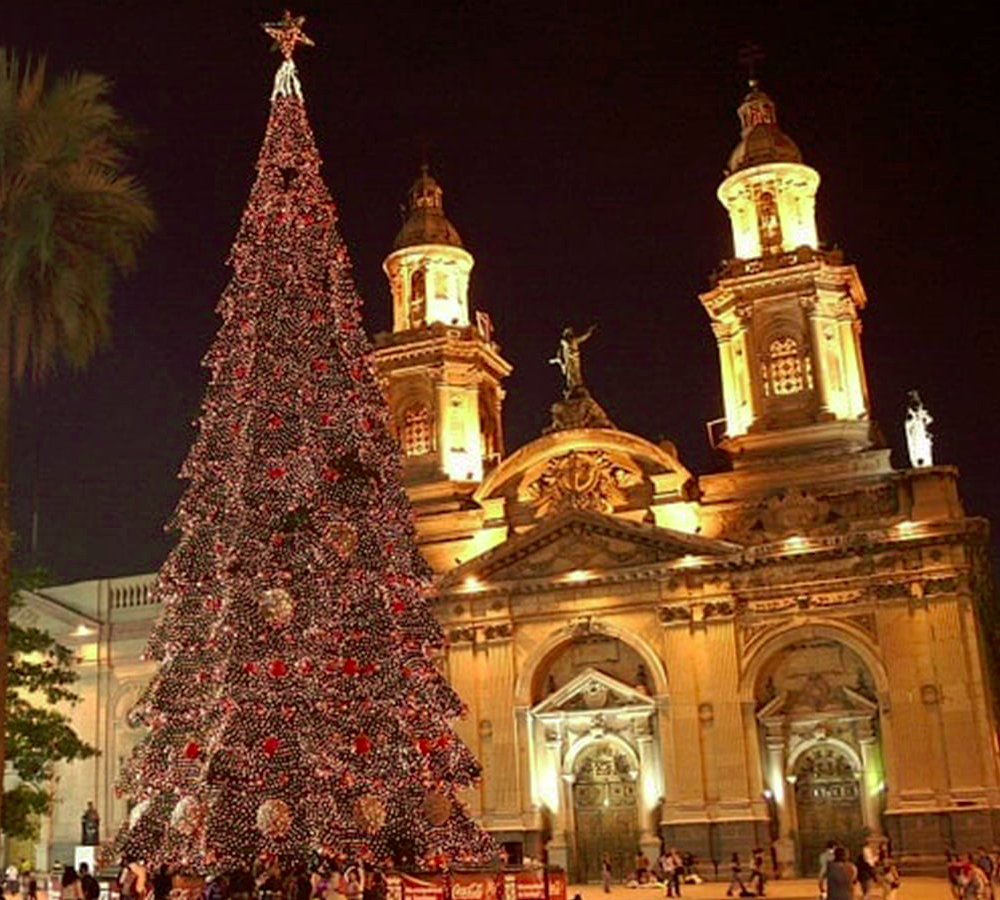
We begin with Chile, the Latin American country that spends the most on Christmas, according to a study released by the World Economic Forum. According to this prestigious institution, the average per capita expenditure in this country is around 379 US dollars.
It is worth noting that this budget includes the cost of new clothes, Christmas gifts and also traditional food.On 25th December, it is not Santa Claus who gives the presents to the little ones, but rather the Viejito Pascuero, the unique name given to the most famous Christmas character in the world.Mexico

Mexico is in second place among Hispanic countries in terms of money spent on Christmas. The same study reveals that each Mexican spends approximately 368 US dollars to have a good time during this celebration.
The three Wise Men from the East (Melchor, Gaspar and Baltasar) are the ones who bring Christmas gifts for Mexican children. Clothes, shoes and toys are the most common gifts.Peru
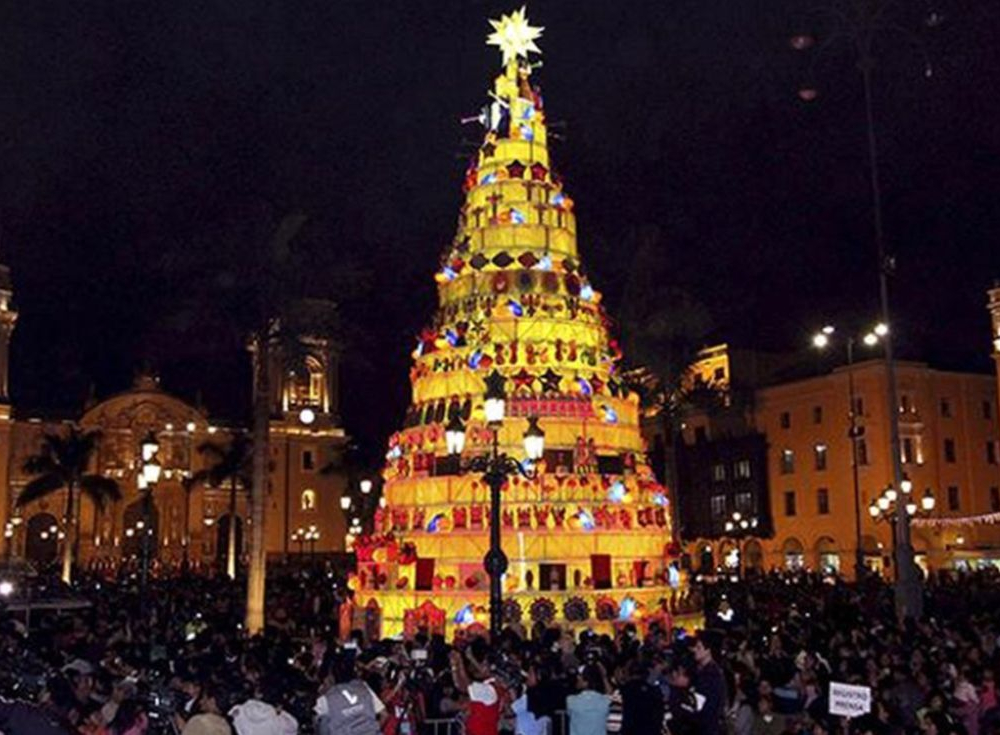
Peru is another of the countries that spends the most money on Christmas in Latin America. 308 dollars is the average amount spent by each Peruvian to make Christmas a real party of fun and splurge.
Like other Latin American countries, the Baby Jesus is in charge of bringing the amazing gifts for all children on 25th December, when his birth in Bethlehem is celebrated.Argentina
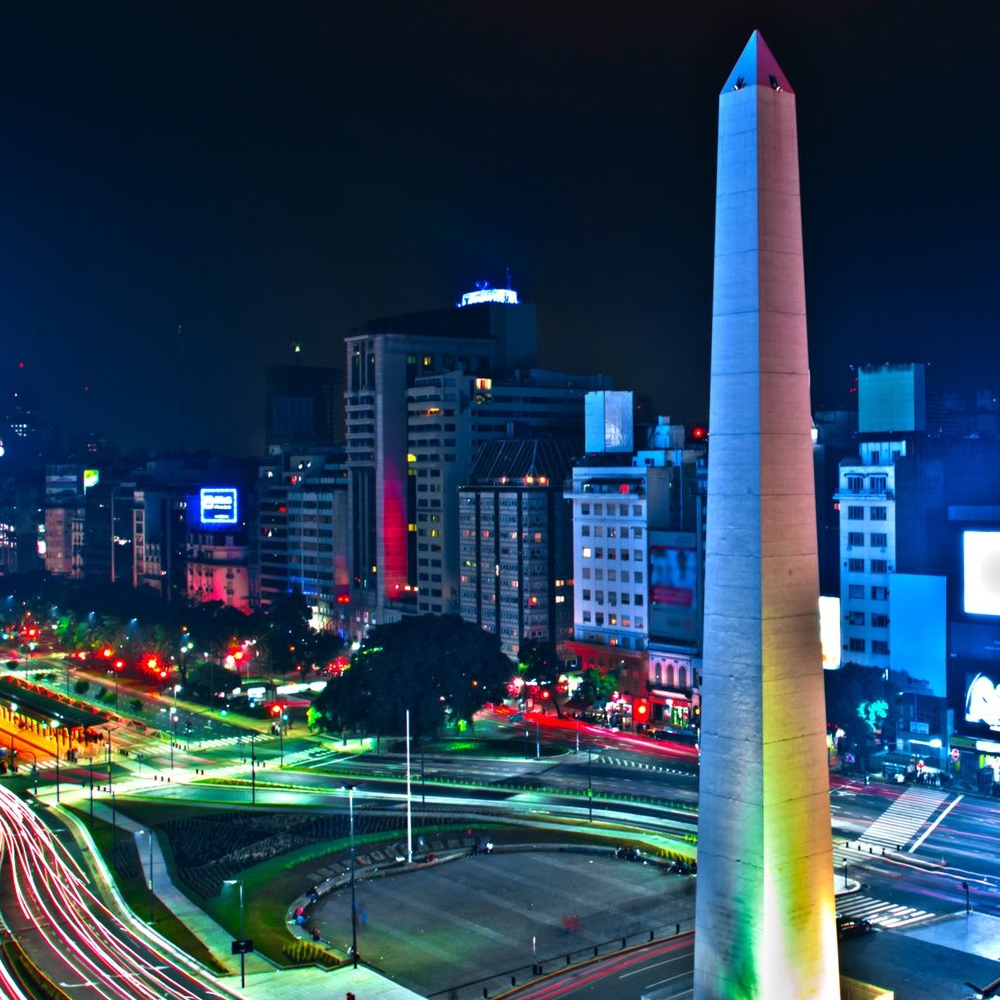
Despite suffering a major economic crisis for some years now, Argentina is still one of the Hispanic countries whose inhabitants spend the most money at Christmas; approximately 290 dollars per person. As a curious fact, many Argentines reveal that they spend a large part of their savings to buy gifts for their loved ones.
The traditional Italian dish, lasagna, is sometimes part of the Christmas menu, along with asado (barbecue), rice pudding, and empanadas.Every 25th December, Argentinean children wake up and rush to discover the presents Father Christmas has brought them.Spain
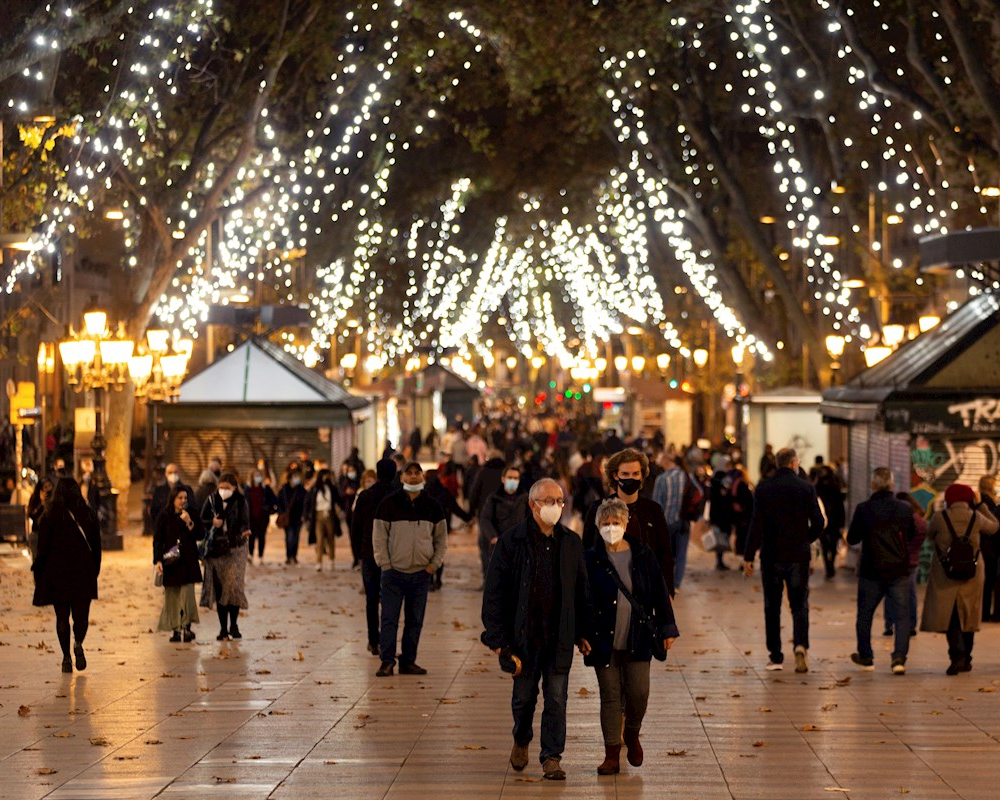
Although it is outside Latin America, we consider it fair to mention Spain, as it is one of the European countries that spend the most on gifts, and also one of the Hispanic countries that spends the most money on making others happy during this time of year. The average per capita expenditure is around 270 euros, although this figure can increase if other variables are included, such as spending on drinks and food.
The famous Three Wise Men ensure that Spanish children receive their well-deserved presents at Christmas. Specifically, this event takes place every 6th January, which commemorates the arrival of the Three Kings in Bethlehem to venerate the newborn baby Jesus.Also Read: How to Say Merry Christmas in the 4 Official Languages of SpainColombia
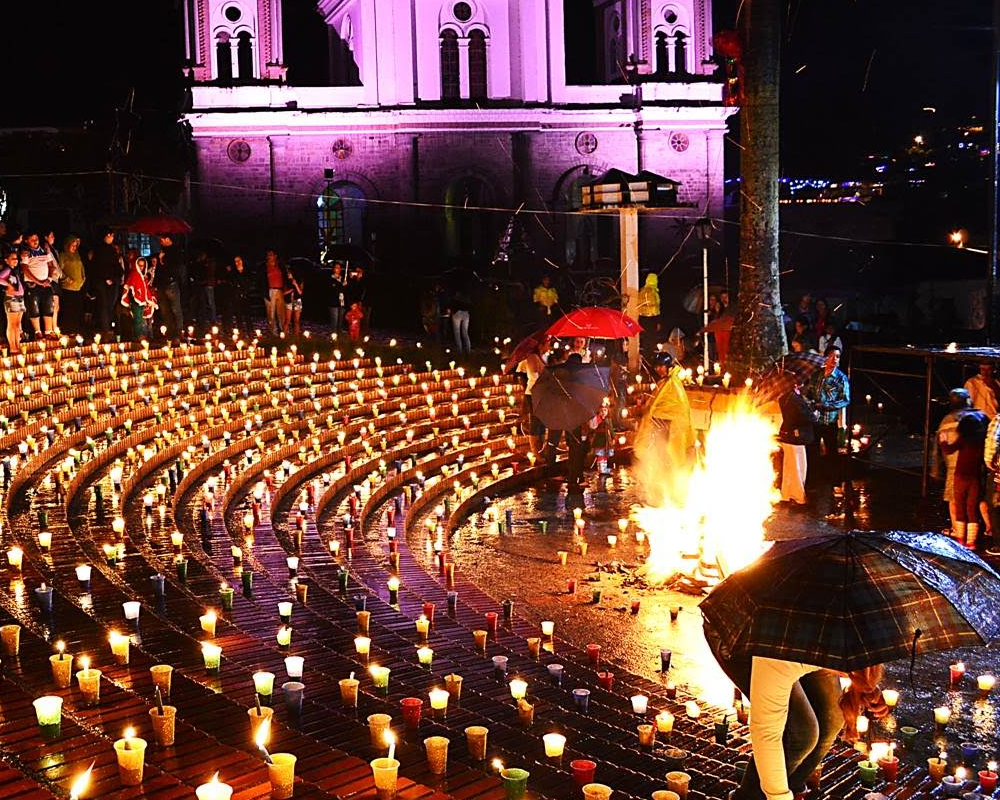
Although some studies indicate higher figures, on average each Colombian spends around 208 US dollars to buy gifts for their loved ones. Undoubtedly, this makes it one of the countries with the highest spending for Christmas in Latin America.
In this Caribbean country it is the Baby Jesus who makes the little ones happy with his beautiful gifts. This happens, according to the Christian celebration, each 25th December.Ecuador
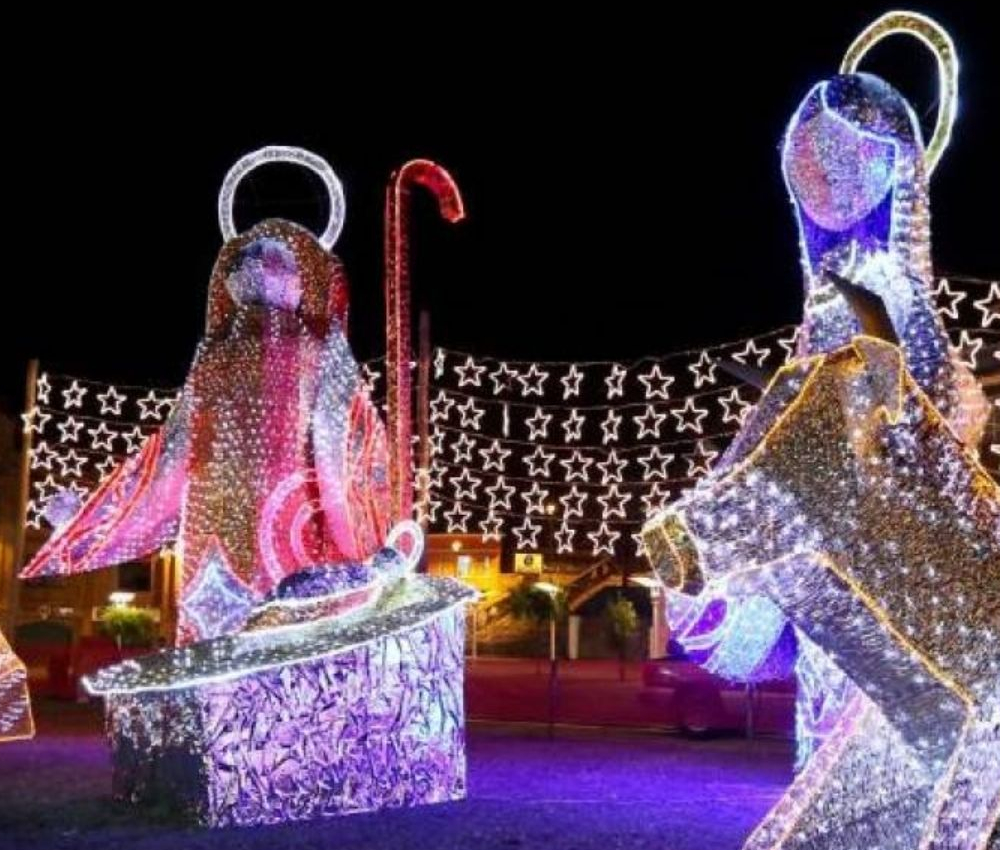
At the other end of the list is Ecuador, one of the countries that spends the least for Christmas in Latin America. A survey revealed that Ecuadorians spend an average of 24 US dollars on Christmas gifts.
This is a curious fact, but at the same time serves as an interesting contrast to the other countries on the list.As is the case in many countries in the region, the generous Baby Jesus is responsible for bringing a smile to the faces of Ecuadorian children through his generous gifts.Puerto Rico
In Puerto Rico, Christmas is celebrated with great enthusiasm, making it one of the most festive periods in Latin America.
The island’s celebrations are known for ‘Las Posadas,’ a series of processions that symbolize Mary and Joseph’s search for shelter. These processions are a blend of religious significance and community spirit.Puerto Ricans also participate in the ‘Misa de Gallo‘ or Rooster’s Mass on Christmas Eve, reflecting the island’s deep religious roots. On Christmas Day, families gather to share a traditional feast, often including delicious pork tamales and hot chocolate.The streets come alive with vibrant parties and fireworks, adding to the festive atmosphere. The season is a time for joyous singing of Christmas carols and heartfelt ‘Merry Christmas’ exchanges among friends and family.This extended period of celebration showcases the rich Christmas traditions and cultural heritage of Puerto Rico.Costa Rica
Costa Rica’s Christmas celebrations are a vibrant display of Latin American traditions. The country is known for its ‘Posada Processions,’ similar to most Latin American countries.
These processions are part of the widespread Christmas festivities, embodying a mix of religious observance and community togetherness.On Christmas Eve, or ‘Nochebuena,‘ Costa Ricans gather for a festive Christmas dinner, often featuring traditional foods like pork tamales and hot chocolate. The ‘Misa de Gallo‘ is a central part of the religious celebrations, drawing families to churches at midnight.In Costa Rica, the Christmas season is also marked by lively street parties, a Christmas tree decorated with Christmas lights, and spectacular fireworks displays, creating a joyful atmosphere throughout the country.The warm greetings of ‘Merry Christmas’ resonate throughout Costa Rica as families and friends celebrate this cherished time with music, food, and festive traditions.How do the ‘Nine Nights’ leading up to Christmas Eve shape the celebration in Latin America?
In many Latin American cultures, the ‘Nine Nights‘ before Christmas Eve are filled with preparatory events and gatherings. These nights often involve family activities, community gatherings, and religious observances that build up to the celebration of Christ’s birth.
Traditions like decorating with paper lanterns and crafting scenes using cotton balls to represent the snowy landscapes are common. These nights serve as a reflective period, reflecting on the past year and the events leading to Christmas.What role does the story of Baby Jesus play in Latin American Christmas traditions?
The story of Christ’s birth is central to Christmas celebrations in Latin America. It’s commemorated through various traditions, such as nativity scenes prominently displayed in homes and public places.
These scenes often include intricate details and symbolic elements, like cotton balls for snow, to represent the historical and religious significance of the event.Study and speak Spanish with the Spanish Express team!
If you liked today’s article and you want to continue reading interesting stories that bring you closer to the Hispanic culture, then discover the amazing offer of programmes that Spanish Express has for you. 📖
On the other hand, if you want to live a different experience and immerse yourself in the Hispanic culture, the Spanish Homestay Immersion is, without a doubt, the option you have been looking for. 🇪🇸
Discover the amazing immersion programme and travel to Spain for an incredible adventure! ✈️
In this way, you will learn Spanish and be in direct contact with the culture and daily life of the most beautiful and vibrant Spanish cities. 😃Come and live a unique experience of learning and discovery!
Spanish Express also has other options for studying Spanish, such as Online spanish Courses and Spanish Film & Literature Workshops. All you have to do is select the programme you find most interesting and experience an exciting language adventure. 😊
Take advantage of this special time and treat yourself to a gift that will improve your Spanish communication skills! 🤩
Let’s celebrate Christmas together! ☃️



